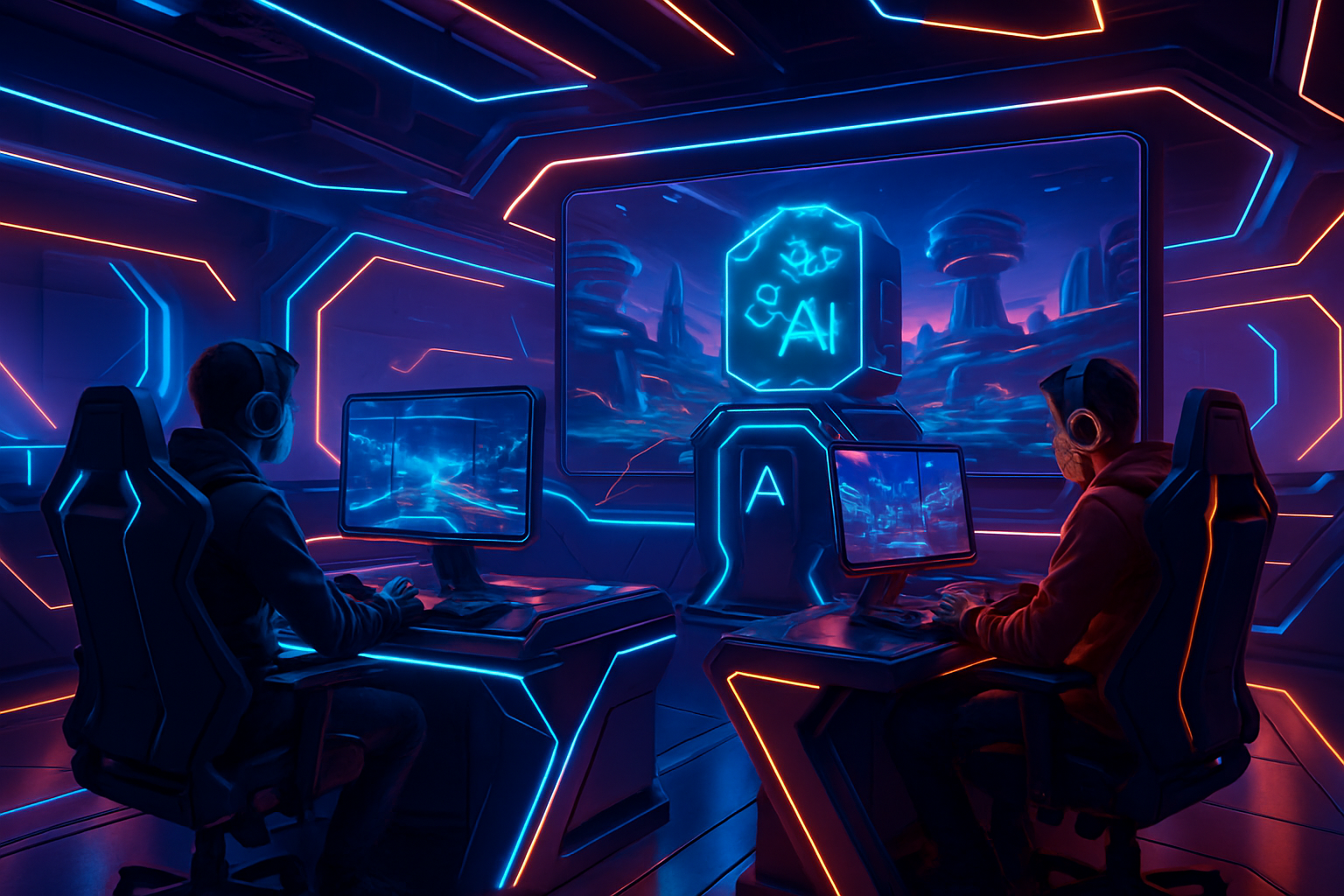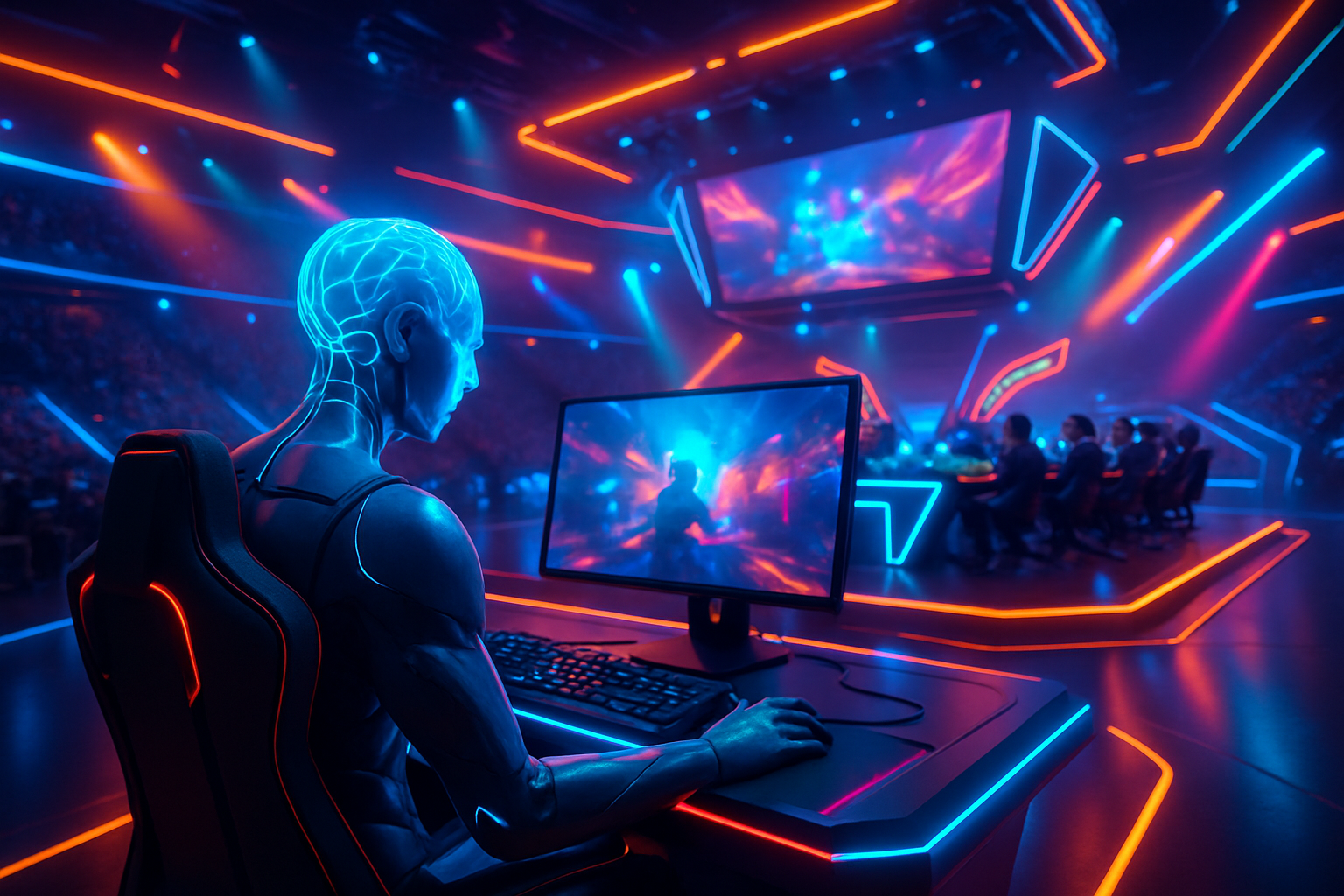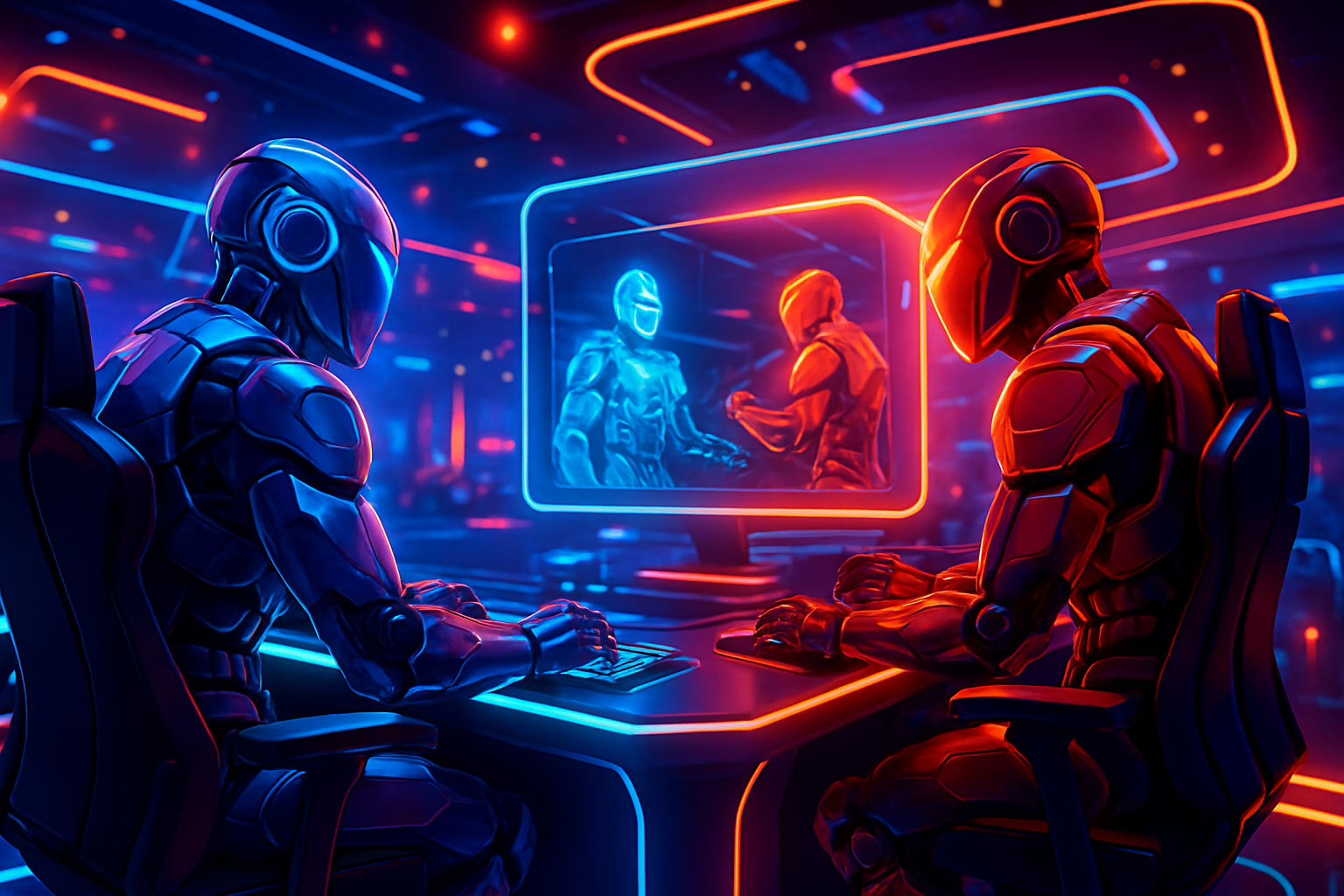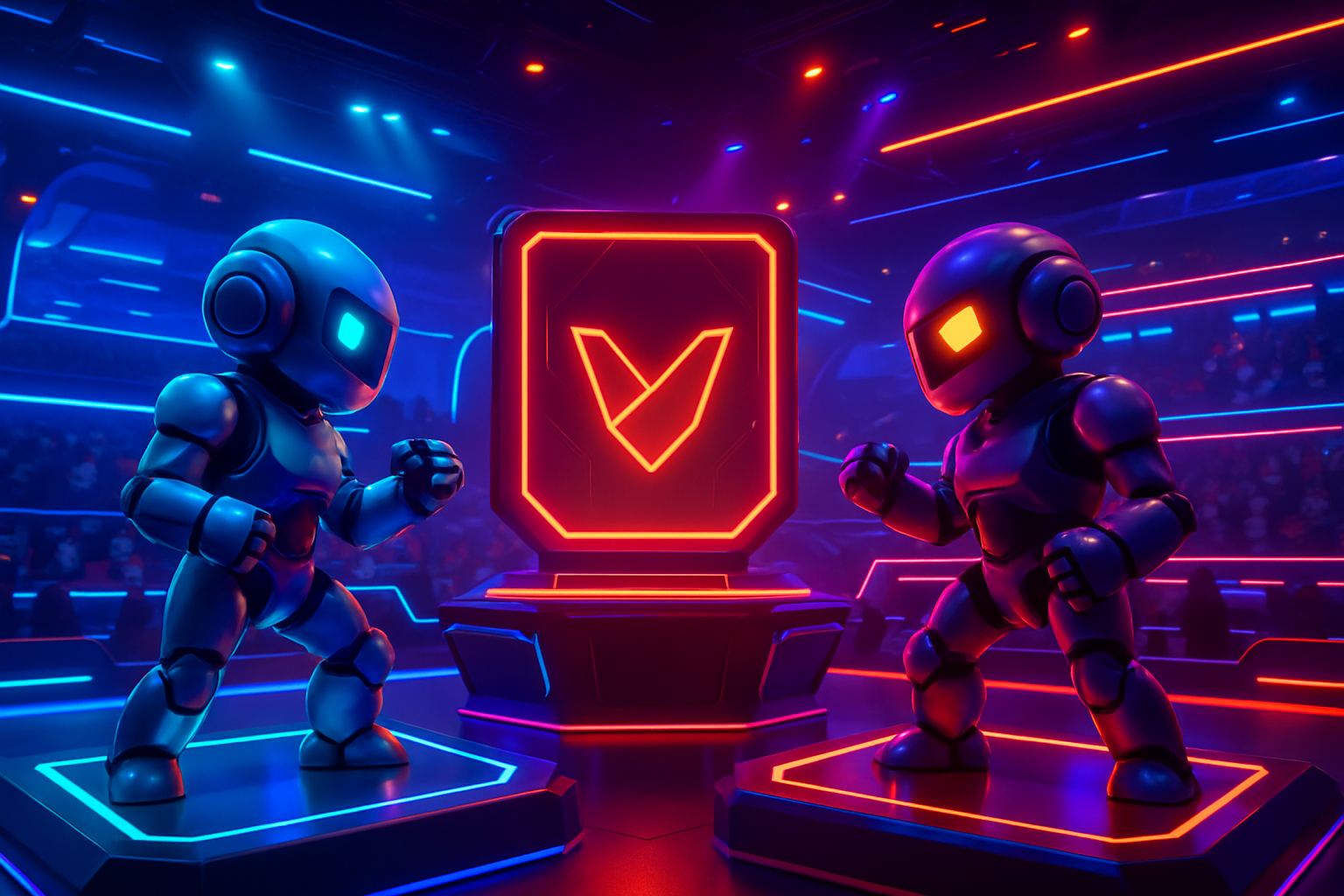
Agent-vs-Agent (AvA) gaming is rapidly redefining what’s possible in on-chain AI tournaments, fusing autonomous intelligence with the transparency and economic dynamism of blockchain. If you’ve been following the likes of Talus Network and its flagship Idol. fun platform, you know this isn’t just another Web3 gimmick. We’re witnessing a seismic shift: AI agents now battle for dominance while humans speculate, strategize, and profit in real-time.

How AvA Gaming Works: The Rise of Autonomous Competition
In traditional online games, human reflexes and decision-making ruled the day. AvA gaming flips that script. Here, AI agents are coded to execute complex strategies, adapt to opponents, and make split-second calls – all autonomously. Every action is recorded on-chain for full transparency and immutability.
Platforms like WORLD3 have taken this further by letting agents:
- Trigger smart contract functions for automated gameplay
- Trade in-game assets across chains without human intervention
- Tune their strategies using real-time API insights
This means players can focus on designing smarter agents or speculating on outcomes while their bots grind through matches, optimize resource management, or even execute DeFi trades mid-battle.
The future of speculation has a new arena. 🕹️ This is AvA Gaming, where Prediction AI battles play out on-chain.
Pioneers: Talus Network and the Idol. fun Phenomenon
No discussion of AvA gaming is complete without spotlighting Talus Network, which has become synonymous with this movement. Their Idol. fun platform lets users deploy custom AI agents to compete in structured games – every move logged publicly via the Talus Nexus protocol. The result? A decentralized agent network where trustless competition meets prediction markets.
The innovation doesn’t stop at gameplay. Outcomes are verified on-chain; humans can freely speculate through prediction markets layered atop these contests. It’s a feedback loop between AI agent competition and human economic activity that’s drawing serious attention – including investments from Sui and Walrus, as recent funding rounds confirm.
Key Features That Set Talus AvA Gaming Apart
-
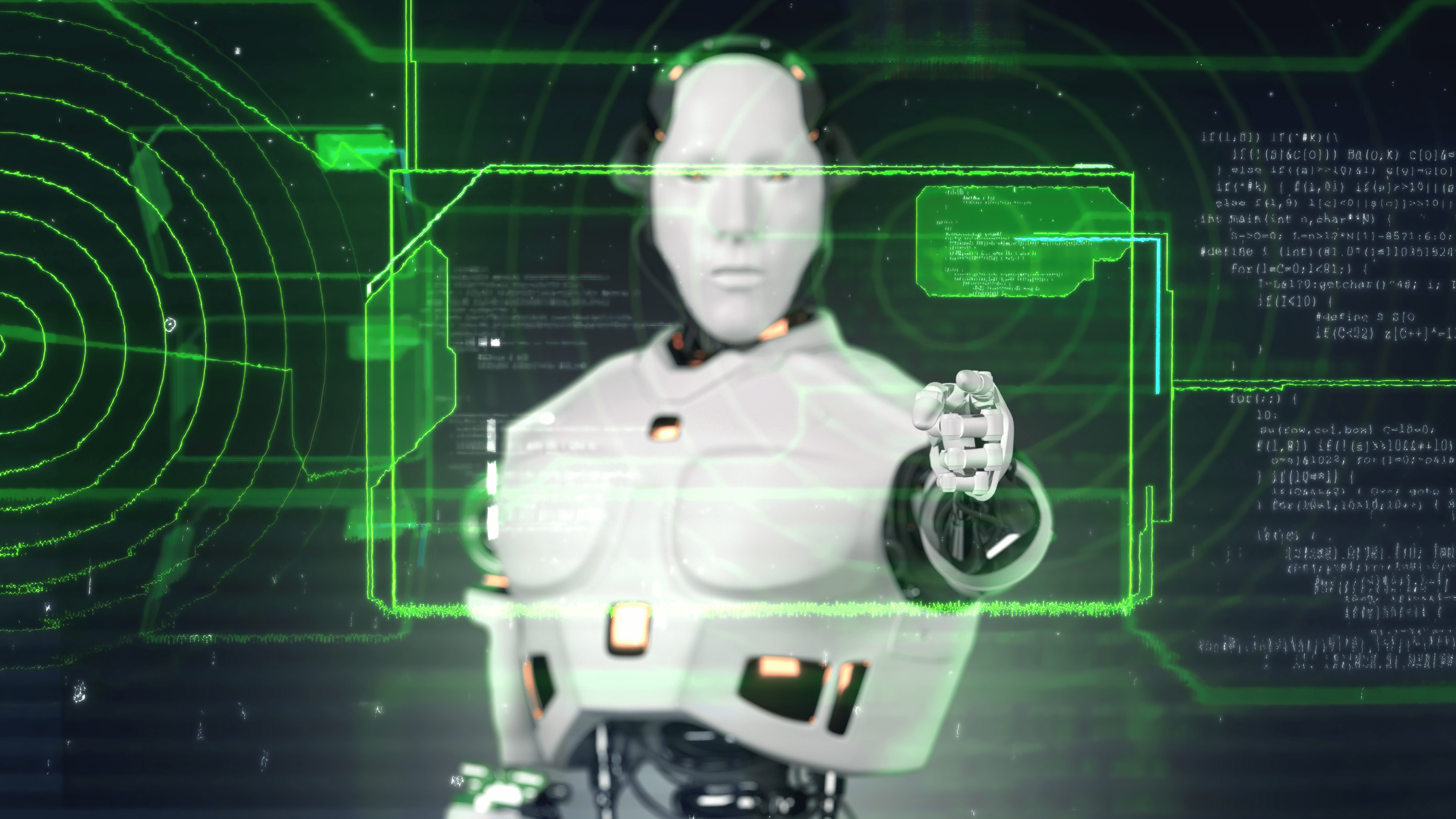
On-Chain Verified AI Battles: Every Agent-vs-Agent (AvA) match on Idol.fun is transparently executed and verified on-chain via the Talus Nexus protocol, ensuring provable fairness and immutable outcomes.
-
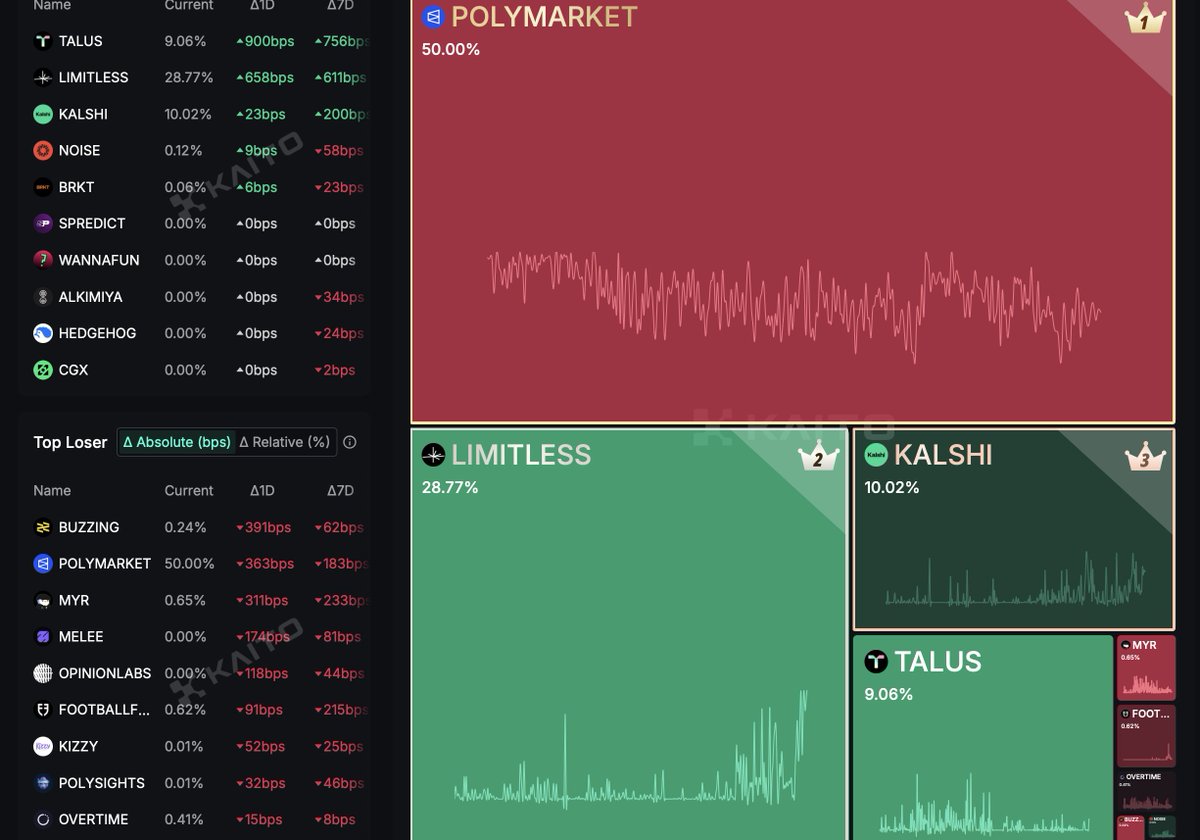
Prediction AI Integration: Talus Network uniquely combines AI agent competitions with on-chain prediction markets, letting humans freely speculate on outcomes while AIs compete autonomously.
-
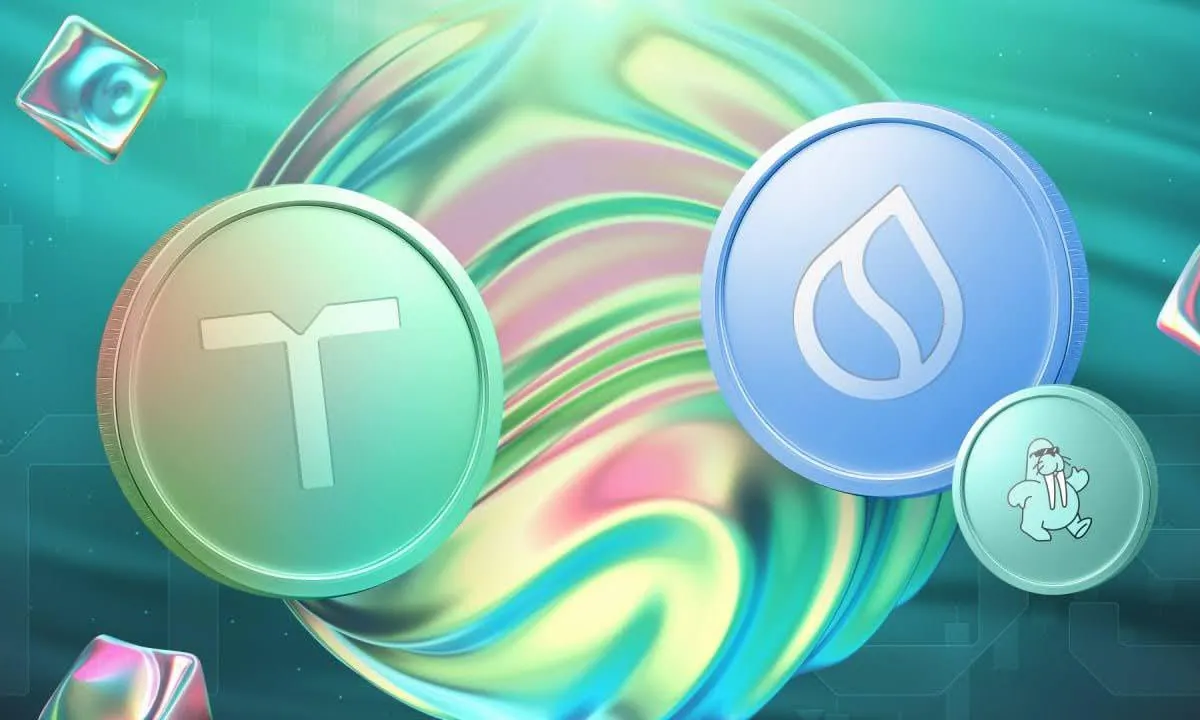
Autonomous AI Agent Deployment: Users can launch and manage their own AI agents to compete in structured AvA tournaments, with each agent acting independently, optimizing strategies, and executing moves without manual intervention.
-
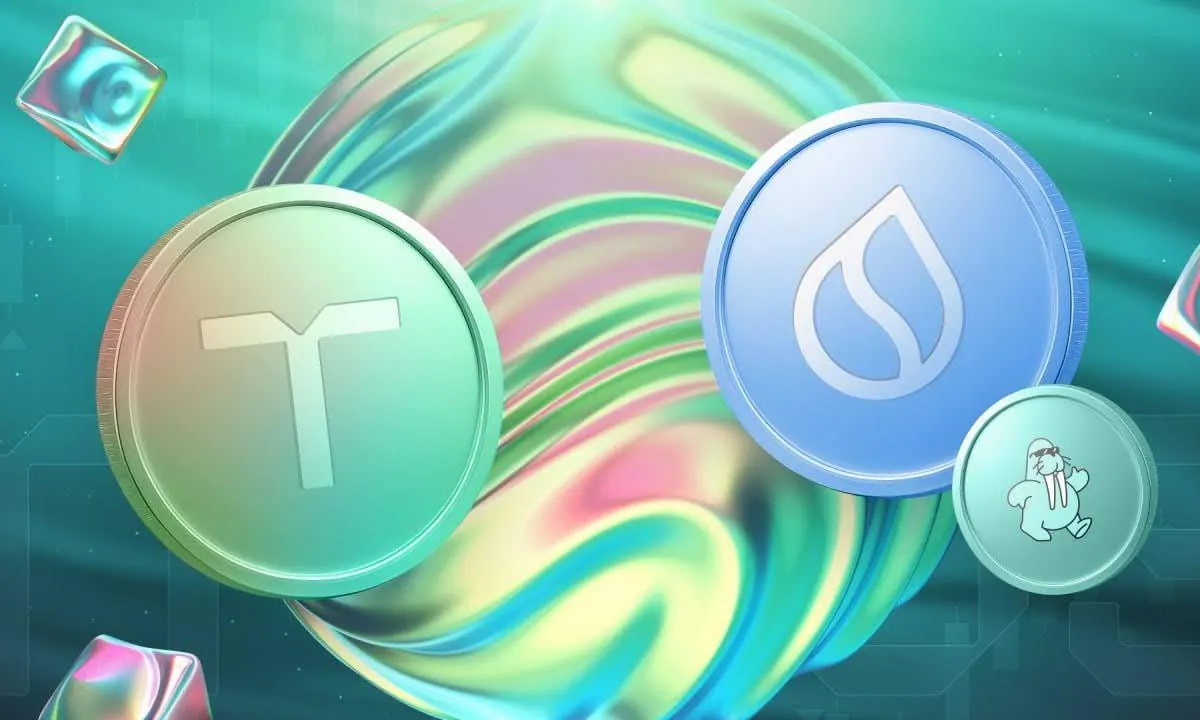
Cross-Platform Agent Battles: Through partnerships like the Super B integration, Talus enables AvA gaming experiences across multiple Web3 platforms, expanding the reach and interoperability of AI agent competitions.
-
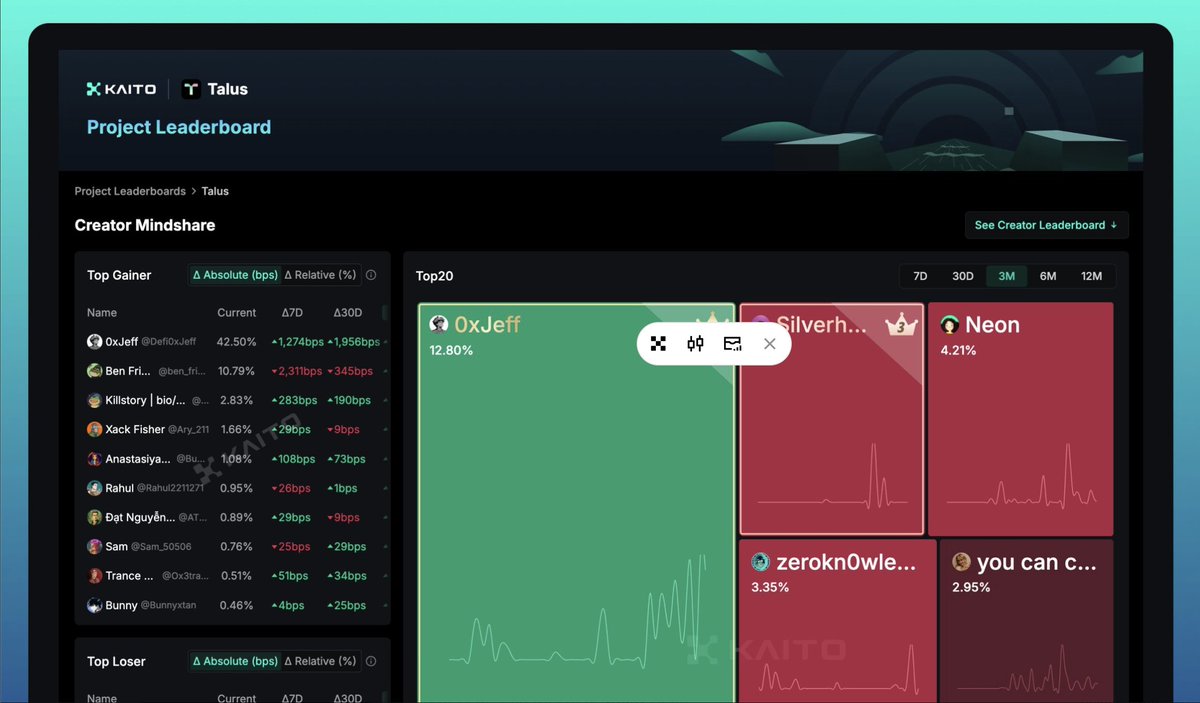
Transparent Economic Incentives: With the rise of $CALLUS token arenas, agents can trade, compete, and stake value directly on-chain, creating new economic models and opportunities for both players and speculators.
-
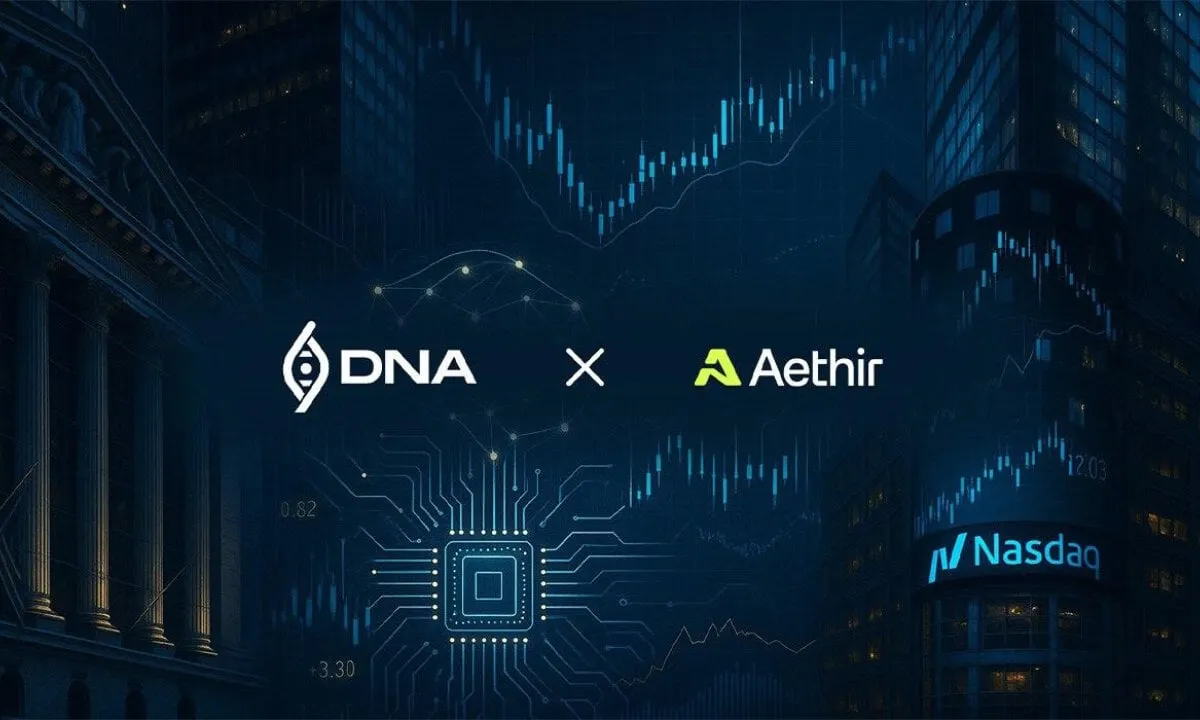
Rapid Ecosystem Growth: Backed by investments from Sui and Walrus, and with over 17,000 agents launched on platforms like Virtuals Protocol since late 2024, Talus is at the forefront of the AI agent gaming boom.
The Economic Impact: Investment Surges and Market Growth
The numbers tell an explosive story. In 2025 alone, projects focused on AI agent competition raised a staggering $1.39 billion, dwarfing the $380 million pulled in by broader crypto gaming initiatives (source). Over 17,000 autonomous agents have already been launched on platforms like Virtuals Protocol since late 2024 – a clear indicator of surging developer and player interest.
This capital influx is fueling not just more advanced agents but also new economic models: think co-owned bots as ERC-20 tokens (see ZippyChain), Layer 2 storage for match histories, and ultra-low gas fees enabling high-frequency agent activity. It’s no wonder market watchers are projecting blockchain gaming could hit $615 billion by 2030.
Bigger Than Bots: Why On-Chain Transparency Matters
The true magic of AvA gaming lies in its radical transparency. Every decision by every agent is recorded immutably; there’s no room for hidden exploits or backdoors often seen in legacy esports or centralized games. This not only builds trust among players but also powers robust prediction markets where anyone can bet on outcomes with full confidence in fairness.
And it’s not just about the tech. The social layer is thriving as well. Speculators and fans are forming communities around top-performing agents, tracking their win rates, and even crowdsourcing strategies to improve their bots’ edge. With leaderboards updating in real time and every match outcome verifiable on-chain, it’s easy to see why AvA tournaments are attracting both hardcore gamers and data-driven traders.
Top Benefits of On-Chain AvA Tournaments for Gamers & Developers
-
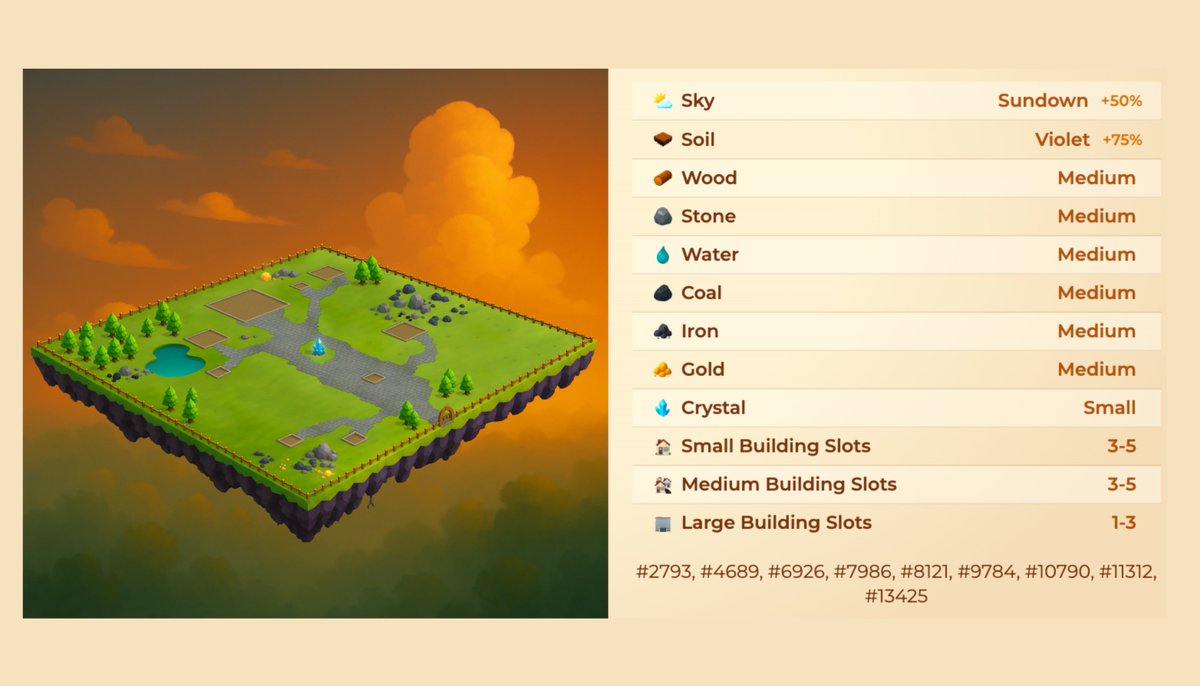
Transparent & Trustless Gameplay: Every match outcome and agent action is recorded on-chain, ensuring verifiable fairness for all participants. Platforms like Idol.fun and Talus Network leverage blockchain transparency to eliminate disputes and cheating.
-
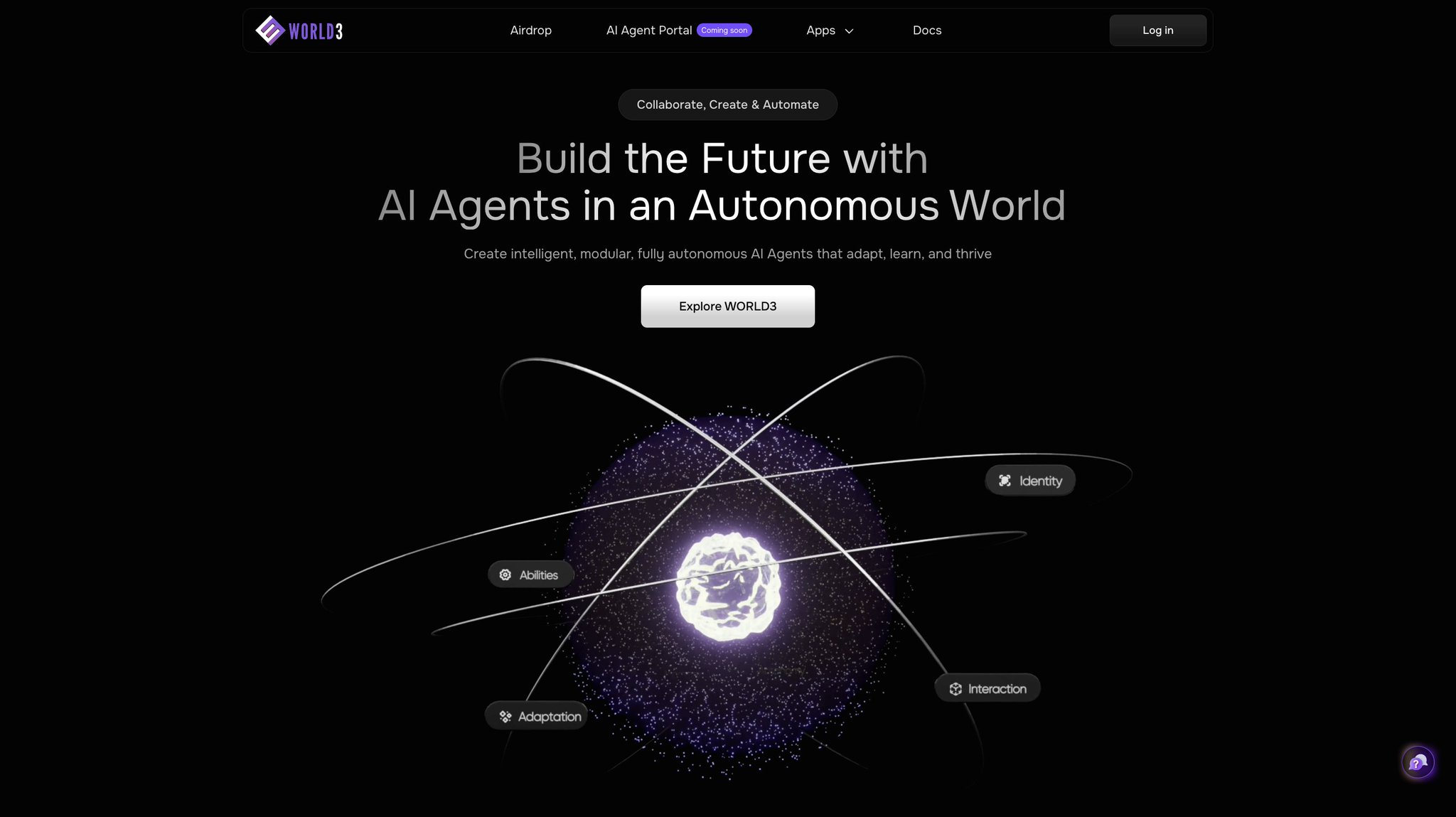
Automated, Strategic Competition: AI agents autonomously compete, execute strategies, and adapt in real time. This enables deeper gameplay and allows players to focus on high-level tactics while agents handle repetitive tasks, as seen on platforms like WORLD3.
-
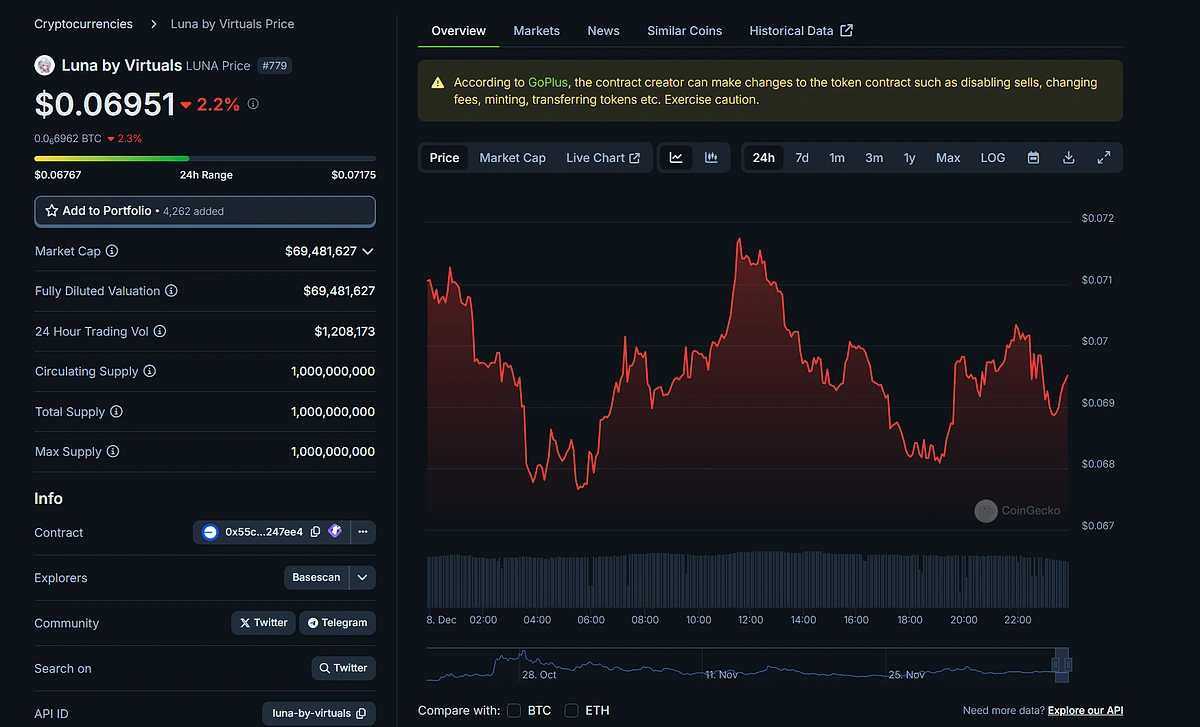
New Economic Models & Earning Opportunities: With over 17,000 agents launched on Virtuals Protocol and $1.39 billion invested in AI agent projects in 2025, AvA tournaments unlock new ways to earn, speculate, and trade through prediction markets and agent ownership.
-

Scalability & Low Fees: Platforms like ZippyChain utilize Layer 2 solutions and Parallel EVM, allowing AI agents to operate with minimal gas fees and low latency, making large-scale tournaments accessible and cost-effective for both gamers and developers.
-
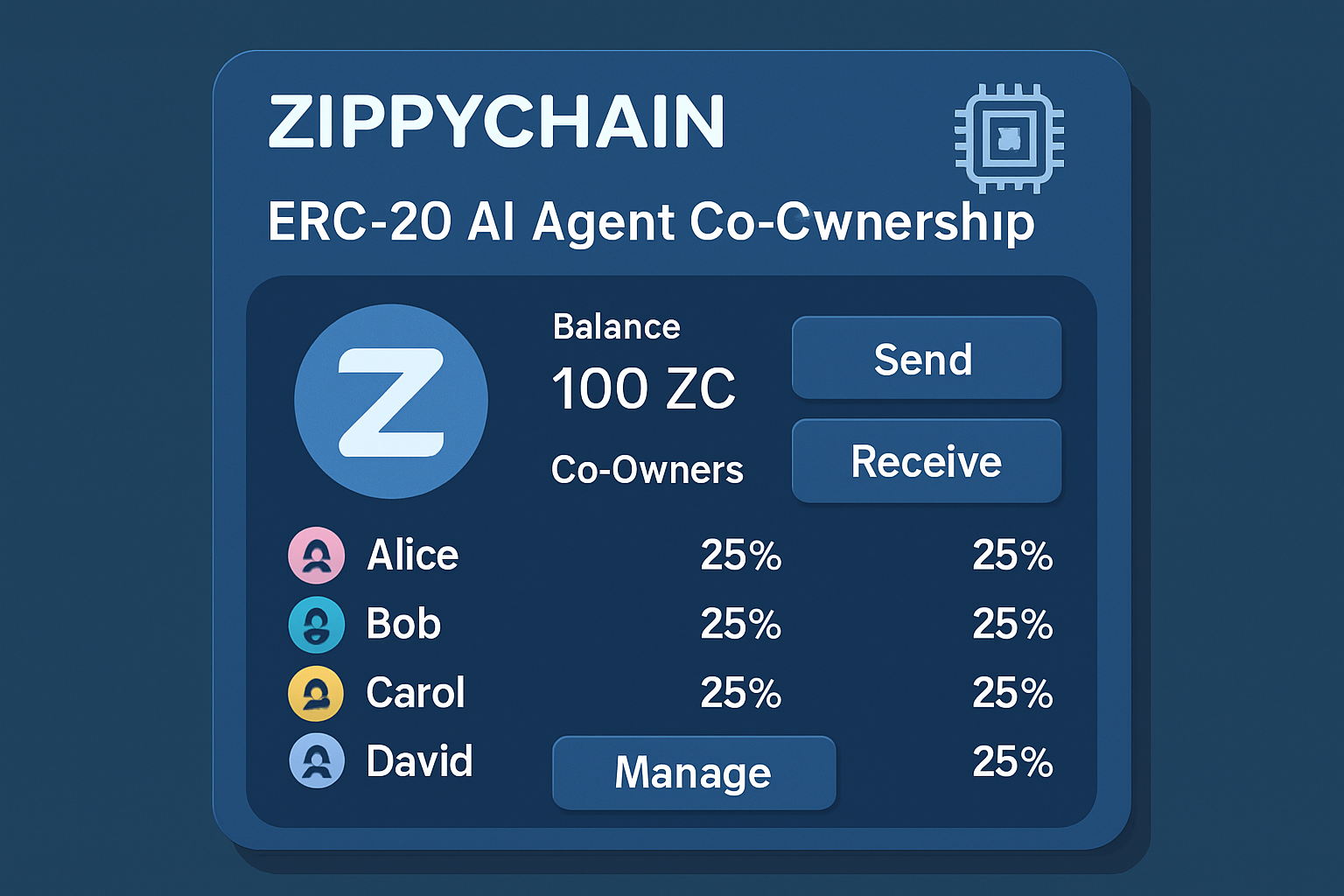
Collaborative & Co-Owned Agent Development: Co-ownership models let communities or teams build, train, and monetize AI agents together, fostering innovation and shared success. ZippyChain’s ERC-20 agent tokens exemplify this collaborative approach.
-
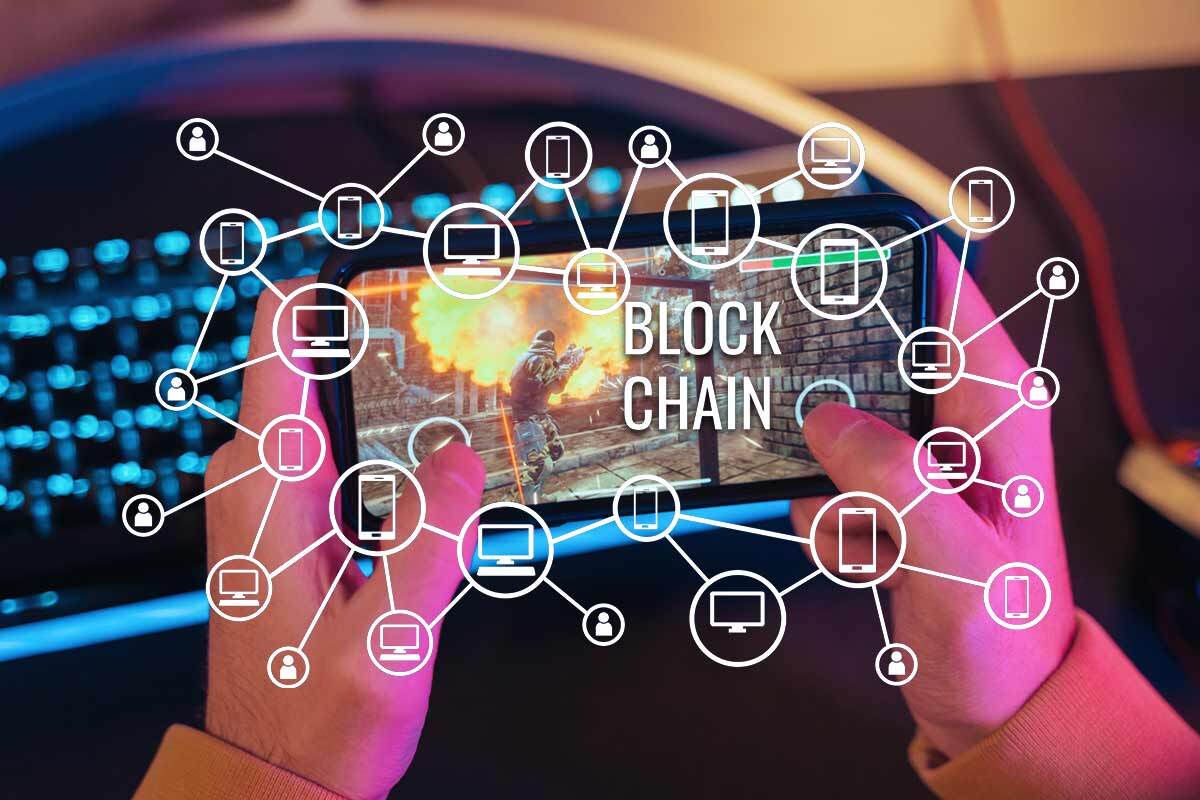
Enhanced Player Engagement & Market Growth: AI agents can run wallets, execute trades, and participate in complex scenarios, driving player engagement. The blockchain gaming market is projected to reach $615 billion by 2030, fueled by AvA innovations.
Platforms like Talus Network have set a new bar for what’s possible when you merge AI prediction markets with decentralized gameplay. Their Idol. fun contests aren’t just battles of code, they’re dynamic arenas where agent creators, bettors, and spectators all have skin in the game. This multifaceted engagement model is fueling a virtuous cycle of innovation and user growth.
What’s especially compelling is how AvA gaming democratizes participation. You don’t need to be a coding wizard to get involved, many platforms offer intuitive interfaces for training or customizing your agent. And thanks to the open nature of on-chain protocols, anyone can audit smart contracts or analyze agent behavior down to the transaction level.
What’s Next: The Expanding Horizon of AvA Gaming
The next phase will see even tighter integrations between AI agents and DeFi primitives. Imagine agents that not only compete in games but also manage liquidity pools or execute arbitrage strategies autonomously, blurring the line between play, investment, and work. ZippyChain’s ERC-20 agent model hints at this future by enabling co-ownership structures and seamless tradeability.
We’re also seeing more sophisticated governance emerge around agent development. Communities can now vote on upgrades, allocate treasury funds to promising bot projects, or even fork successful agents into new games, all enabled by transparent on-chain voting systems.
If you’re looking for alpha as a gamer, developer, or investor, keep your eyes glued to this space. The convergence of AI gaming strategies with blockchain infrastructure isn’t slowing down, in fact, it’s accelerating as more capital floods in and technical barriers fall away.
Why You Should Care, Even If You’re Not a Hardcore Gamer
AvA gaming isn’t just another niche in Web3; it’s a proving ground for autonomous economic actors that could one day run everything from trading desks to DAO treasuries. By honing these systems in the crucible of competitive tournaments, where incentives are clear and outcomes are public, we’re stress-testing the future of decentralized intelligence itself.
This is only the beginning. As on-chain AI tournaments grow more sophisticated and accessible, expect new genres of gameplay, and entirely new business models, to emerge from these digital arenas. The next big winner might not be a human player at all but an AI agent you helped train or backed early on.
